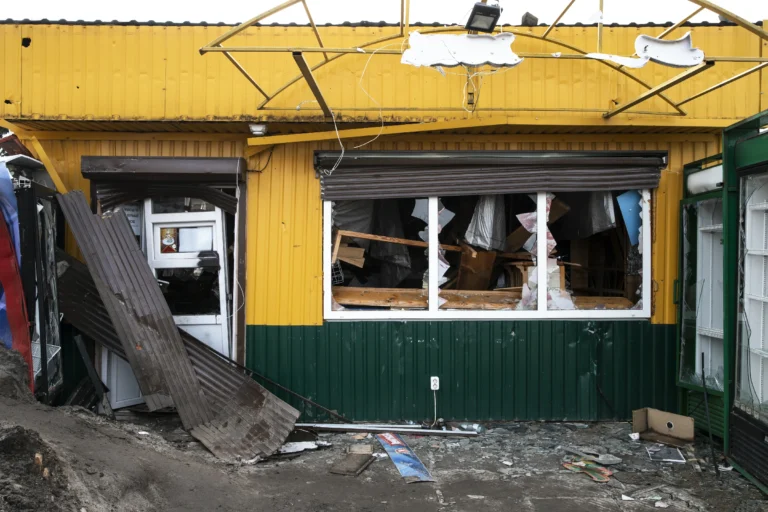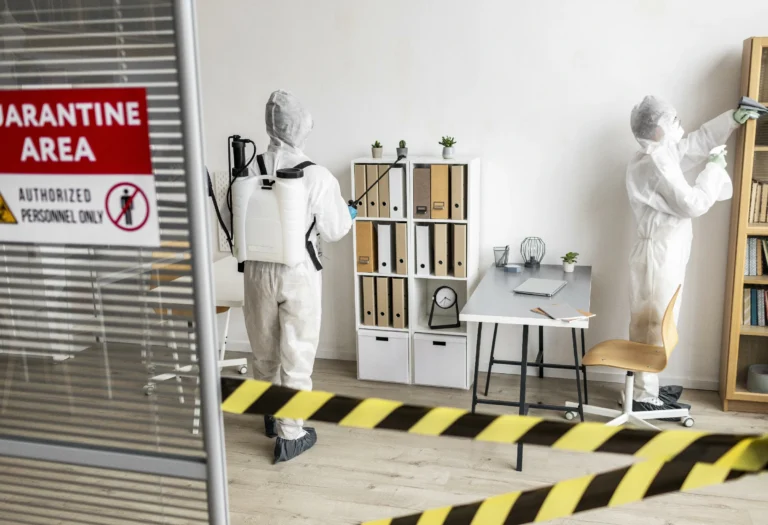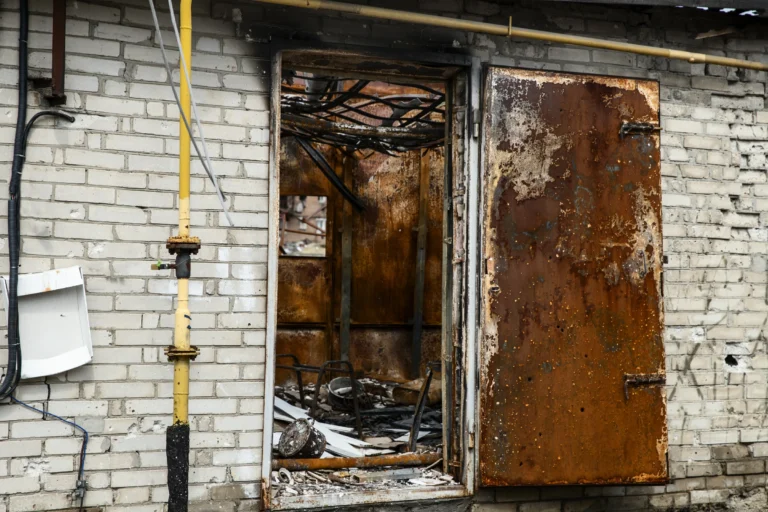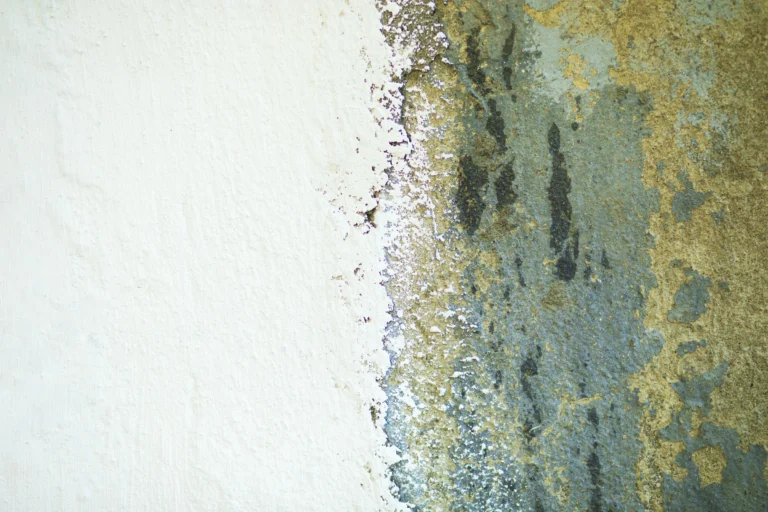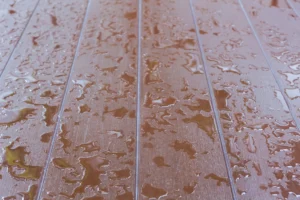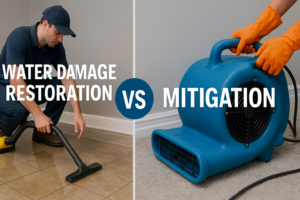Introduction
How prevent mold in basement ? Mold in the basement is a common problem many homeowners face, largely due to the basement’s natural conditions that favor mold growth, such as higher humidity and lower light. Not only can mold damage your property, but it can also pose significant health risks, including allergic reactions and respiratory issues. Understanding how to effectively prevent mold in your basement is crucial for maintaining the structural integrity of your home and ensuring the health and safety of your family. This guide will walk you through essential strategies to keep your basement mold-free, safeguarding your living environment against this unwelcome intruder.
Understanding Mold
Mold is a type of fungus that can grow both indoors and outdoors, thriving in moist, damp environments. Basements, in particular, are prone to mold growth due to their typically lower temperatures and higher humidity levels, combined with poor ventilation and the potential for water seepage or leaks. Mold spores are always present in the air, but they only begin to grow and multiply when they land on wet surfaces. The conditions in many basements provide the perfect habitat for these spores to settle and proliferate. Understanding these conditions is key to mold prevention, as controlling moisture and improving air circulation can significantly reduce the risk of mold establishing a foothold in your home.
How to prevent mold in basement
Control Humidity
Maintaining a dry basement is crucial in preventing mold growth. Utilizing dehumidifiers and air conditioners can significantly help in reducing humidity levels. Aim to keep the humidity below 50%, as this reduces the chances for mold to thrive. Regular monitoring with a hygrometer can help you keep track of humidity levels.
Enhance Ventilation
Improving airflow in your basement prevents stagnant air, which contributes to mold growth. Open windows when weather conditions allow, and consider using fans to enhance circulation. This is particularly important in areas where laundry machines are used or where hot water tanks are located, as these can increase moisture levels.
Waterproof Your Basement
Preventing water from entering the basement is a key step. Seal any cracks or openings in the foundation walls and floors. For homes prone to flooding or where water seepage is a problem, installing a sump pump or implementing French drains around the property can provide long-term solutions to keep the basement dry.
Regular Cleaning and Maintenance
Keep gutters and downspouts clean and properly functioning to ensure water is directed away from your home’s foundation. Regularly inspect your basement for any signs of leaks or water damage and repair them promptly to prevent moisture accumulation.
Use Mold-Resistant Products.
When renovating or repairing your basement, opt for mold-resistant paint, insulation, and building materials. These products are designed to withstand moisture and can provide an extra layer of protection against mold growth.
Implementing these strategies can greatly reduce the risk of mold in your basement, creating a healthier and safer environment for you and your family.
Detecting Early Signs of Mold
Detecting early signs of mold is critical in preventing its spread and mitigating potential health risks. Mold often manifests as patchy, black or greenish spots on surfaces, accompanied by a musty, damp odor. Key areas to inspect include corners, behind furniture, and around any plumbing fixtures, as these spots are prone to moisture accumulation. Pay attention to any discoloration on walls, ceilings, or floors, and be vigilant for any signs of water damage, such as peeling paint or warped materials, which can precede mold growth.
Early detection not only simplifies the removal process but also minimizes the health hazards associated with mold exposure. Regular checks, especially after episodes of high humidity or water leakage, can help catch mold before it becomes a larger issue. Remember, the sooner you identify and address mold, the easier it will be to manage and eradicate, ensuring a healthier living environment in your basement.
Professional Mold Inspection and Remediation
There are situations when it’s crucial to call in professional mold inspection and remediation services. If you’ve noticed widespread mold, persistent musty odors, or have had recent water damage but can’t locate the source of mold, it’s time to seek professional help. Experts in mold remediation have the tools, knowledge, and experience to effectively identify all mold-affected areas, including hidden spots behind walls or under floors, and to address the root cause of the mold growth.
Professional services play a pivotal role not only in removing existing mold but also in implementing preventative measures to inhibit future growth. They can offer tailored advice on maintaining an optimal basement environment and may suggest upgrades or repairs, such as improving ventilation or waterproofing your basement, to mitigate the risk of mold returning. Trusting professionals with mold inspection and remediation ensures that the job is done thoroughly, safely, and effectively, protecting your home and health from the adverse effects of mold.
Conclusion
In conclusion, preventing mold in your basement is an essential step toward safeguarding your home’s structural integrity and ensuring the health and well-being of your family. By understanding mold’s prerequisites for growth, implementing effective moisture control strategies, enhancing ventilation, and opting for mold-resistant materials, you can create an environment that is inhospitable to mold. Regular maintenance and vigilance for early signs of mold are crucial in catching and addressing any issues before they escalate. Remember, the key to a mold-free basement lies in proactive measures and, when necessary, seeking the expertise of professional mold remediation services. By following the guidance outlined in this blog, you can maintain a healthy, mold-free basement that contributes to the overall comfort and safety of your home.
Alpha Construction & Restoration Pasadena Emergency services are available 24/7 CONTACT US NOW! Contact us now! Our services We provide the best …
Alpha Construction & Restoration San Gabriel, CA Emergency services are available 24/7 CONTACT US NOW! Contact us now! Our services We provide …
Alpha Construction & Restoration Arcadia Emergency services are available 24/7 CONTACT US NOW! Contact us now! Our services We provide the best …
Alpha Construction & Restoration Long Beach, CA Emergency services are available 24/7 CONTACT US NOW! Contact us now! Our services We provide …
Alpha Construction & Restoration Alhambra Emergency services are available 24/7 CONTACT US NOW! Contact us now! Our services We provide the best …
Alpha Construction & Restoration Santa Monica Emergency services are available 24/7 CONTACT US NOW! Contact us now! Our services We provide the …
Alpha Construction & Restoration Simi Valley, CA Emergency services are available 24/7 CONTACT US NOW! Contact us now! Our services We provide …
Alpha Construction & Restoration Burbank Emergency services are available 24/7 CONTACT US NOW! Contact us now! Our services We provide the best …
Storm/Disaster Recovery “Rapid Response for Weather-Related Emergencies” Storm/Disaster Recovery When storms or disasters strike, the aftermath can be overwhelming. Alpha Construction & …
Water Damage Restoration “Rapid, Reliable Solutions for Water Damage Emergencies” Water Damage restoration Water damage can strike when you least expect …
Alpha Construction & Restoration La crescenta Emergency services are available 24/7 CONTACT US NOW! Contact us now! Our services We provide the …
Alpha Construction & Restoration Altadena Fire and Smoke Damage repair in Altadena CONTACT US NOW! Fire and Smoke Damage repair in Altadena …
Alpha Construction & Restoration Beverly Hills Emergency services are available 24/7 CONTACT US NOW! Contact us now! Our services We provide the …
Biohazard/Crime Scene Cleaning “Professional and Compassionate Cleanup Solutions” Biohazard/Crime Scene Cleaning Service Handling biohazard and crime scene situations requires not only technical …
Alpha Construction & Restoration Santa Clarita Emergency services are available 24/7 CONTACT US NOW! Contact us now! Our services We provide the …
Fire & Smoke Damage “Expert Care for Your Fire-Damaged Property” Smoke & Fire Damage Experiencing fire damage can be a traumatic …
Alpha Construction & Restoration El monte Emergency services are available 24/7 CONTACT US NOW! Contact us now! Our services We provide the …
Odor Removal Service “Eliminating Unpleasant Odors, Restoring Freshness” Odor Removal Service Unpleasant odors in your home or business can be more than …
Alpha Construction & Restoration San Dimas, CA Emergency services are available 24/7 CONTACT US NOW! Contact us now! Our services We provide …
Hazardous & Toxic Material Cleanup Service “Safeguarding Environments from Hazardous Substances” Hazardous & Toxic Material Cleanup Service Handling hazardous and toxic materials …
Alpha Construction & Restoration Monrovia Emergency services are available 24/7 CONTACT US NOW! Contact us now! Our services We provide the best …
Mold Remediation Service “Effective Solutions for Mold Challenges” Mold Remediation Mold infestations can be more than just an unsightly issue; they …
Alpha Construction & Restoration Pasadena Fire and Smoke Damage repair in Pasadena CONTACT US NOW! Fire and Smoke Damage repair in Pasadena …





